A comprehensive resource pack helping students to recognise cause and effect.
Recognising cause and effect is an important comprehension strategy for students to understand.
A comprehensive resource pack helping students to recognise cause and effect.
Recognising cause and effect is an important comprehension strategy for students to understand.
Use comprehension strategies to build literal and inferred meaning and begin to evaluate texts by drawing on a growing knowledge of context, text structures and language featuresElaborationsmaking connections between the text and students own experie...
Use comprehension strategies to build literal and inferred meaning to expand content knowledge, integrating and linking ideas and analysing and evaluating textsElaborationsmaking connections between the text and studentsâ own experience and oth...
Use comprehension strategies to analyse information, integrating and linking ideas from a variety of print and digital sourcesElaborationsusing research skills including identifying research purpose, locating texts, gathering and organising informati...
Use comprehension strategies to interpret and analyse information and ideas, comparing content from a variety of textual sources including media and digital textsElaborationsmaking connections between the text and studentsâ own experience or oth...
Responds to and composes a range of texts that express viewpoints of the world similar to and different from their own
Uses an integrated range of skills, strategies and knowledge to read, view and comprehend a wide range of texts in different media and technologies
Use comprehension strategies to build literal and inferred meaning and begin to evaluate texts by drawing on a growing knowledge of context, text structures and language features
Use comprehension strategies to build literal and inferred meaning to expand content knowledge, integrating and linking ideas and analysing and evaluating texts
Use comprehension strategies to analyse information, integrating and linking ideas from a variety of print and digital sources
Use comprehension strategies to interpret and analyse information and ideas, comparing content from a variety of textual sources including media and digital texts
Use comprehension strategies when listening and viewing to build literal and inferred meaning, and begin to evaluate texts by drawing on a growing knowledge of context, text structures and language features
Use comprehension strategies such as visualising, predicting, connecting, summarising, monitoring and questioning to build literal and inferred meaning, to expand topic knowledge and ideas, and evaluate texts
Use comprehension strategies such as visualising, predicting, connecting, summarising, monitoring and questioning to build literal and inferred meaning to evaluate information and ideas
Use comprehension strategies such as visualising, predicting, connecting, summarising, monitoring and questioning to build literal and inferred meaning, and to connect and compare content from a variety of sources

We create premium quality, downloadable teaching resources for primary/elementary school teachers that make classrooms buzz!
Would you like something changed or customised on this resource? While our team makes every effort to complete change suggestions, we can't guarantee that every change will be completed.
Did you spot an error on this resource? Please let us know and we will fix it shortly.
Are you having trouble downloading or viewing this resource? Please try the following steps:
If you are still having difficulty, please visit the Teach Starter Help Desk or contact us .
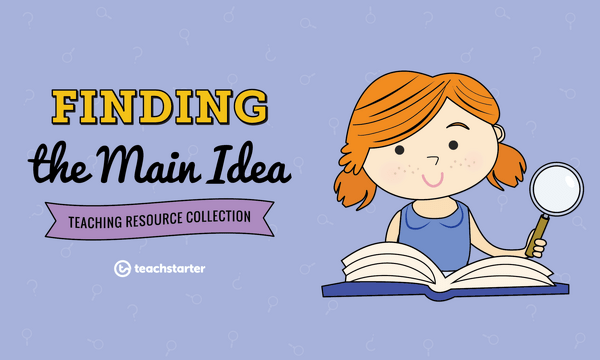
A comprehensive resource pack helping students to learn how to find the main idea.

A comprehensive resource pack to help students understand the concept of sequencing.
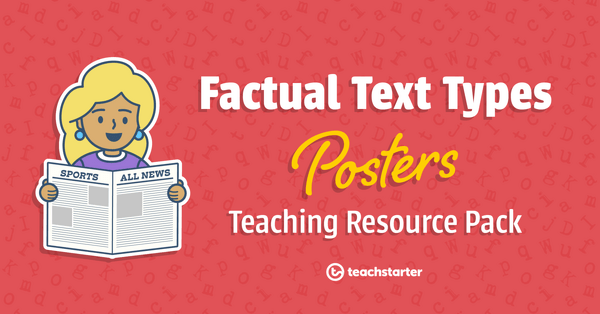
A set of posters about the factual text types, including annotated examples for each.
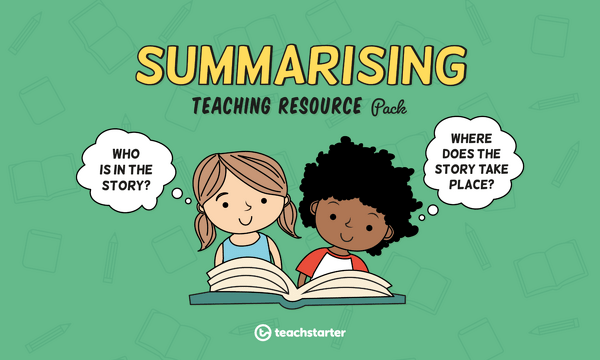
An extensive resource pack to help students understand the concept of summarising.
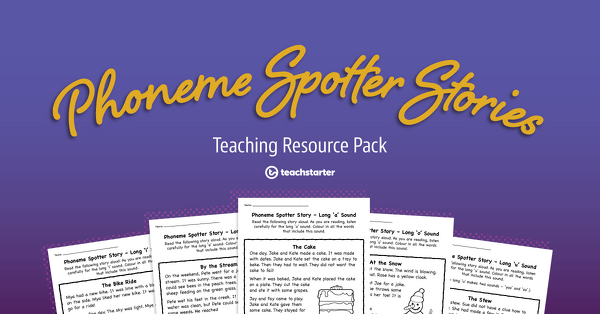
A collection of decodable texts featuring various phonemes.

A comprehensive resource pack to help students learn to distinguish between fact and opinion.
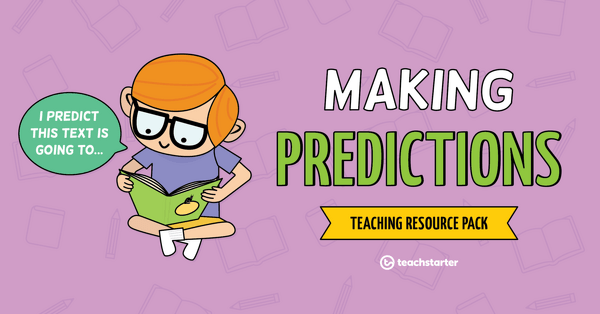
An extensive resource pack helping students to learn how to make predictions.
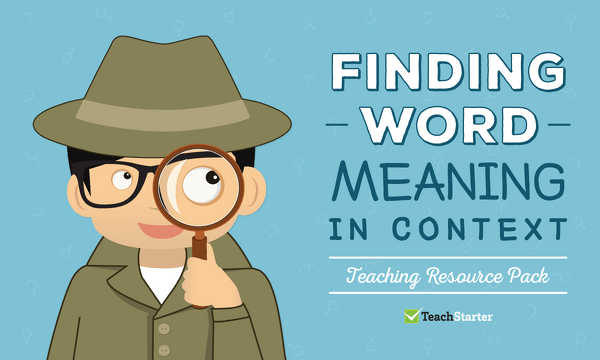
A comprehensive resource pack to help students understand how to work out the meaning of words in context.
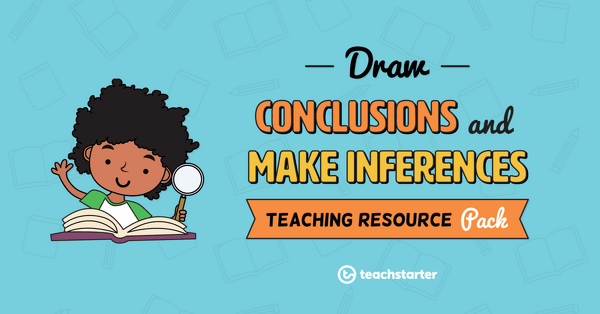
A comprehensive resource pack helping students draw conclusions and make inferences.
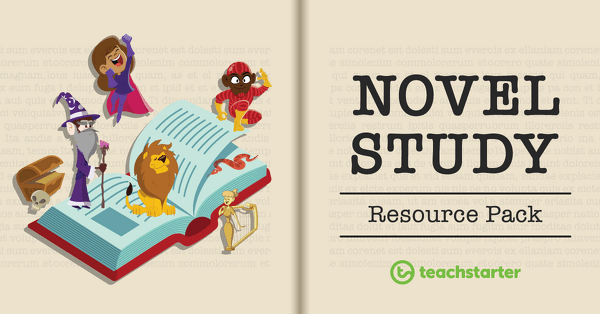
A comprehensive resource pack to use with your class when studying a class novel.
0 Comments
Write a review to help other teachers and parents like yourself. If you'd like to request a change to this resource, or report an error, select the corresponding tab above.